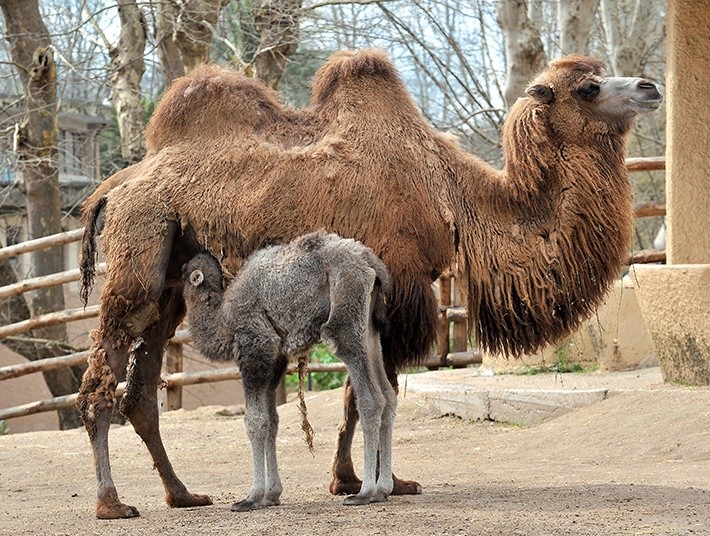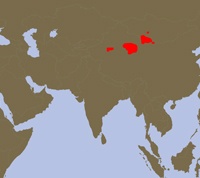Bactrian Camel

Class:
Order:
Family:

LEGEND
CITES: The species is protected by the Washington Convention – also known as CITES – which regulates international trade in wild fauna and flora species. CITES is an agreement among over 160 governments that, through international and national laws, regulates or even prohibits the export, import, sale, and possession of many species and their derivatives such as skins or ivory.
EEP/ESB: The species is part of a European conservation program coordinated by the European Association of Zoos and Aquaria (EAZA), of which the Bioparco is a member. The EEP (Eaza Ex Situ species Programme) includes various actions such as captive breeding for potential releases into the wild, public awareness, and scientific research. The European studbook (ESB) is an inventory aimed at monitoring the status of individuals of a particular species in captivity and generally precedes the EEP.
RED LIST IUCN: The species is included in the Red List of Threatened Species compiled by the IUCN (International Union for Conservation of Nature). This is the most comprehensive inventory that codifies the degree of threat to species globally based on a system of categories and scientifically rigorous quantitative criteria.